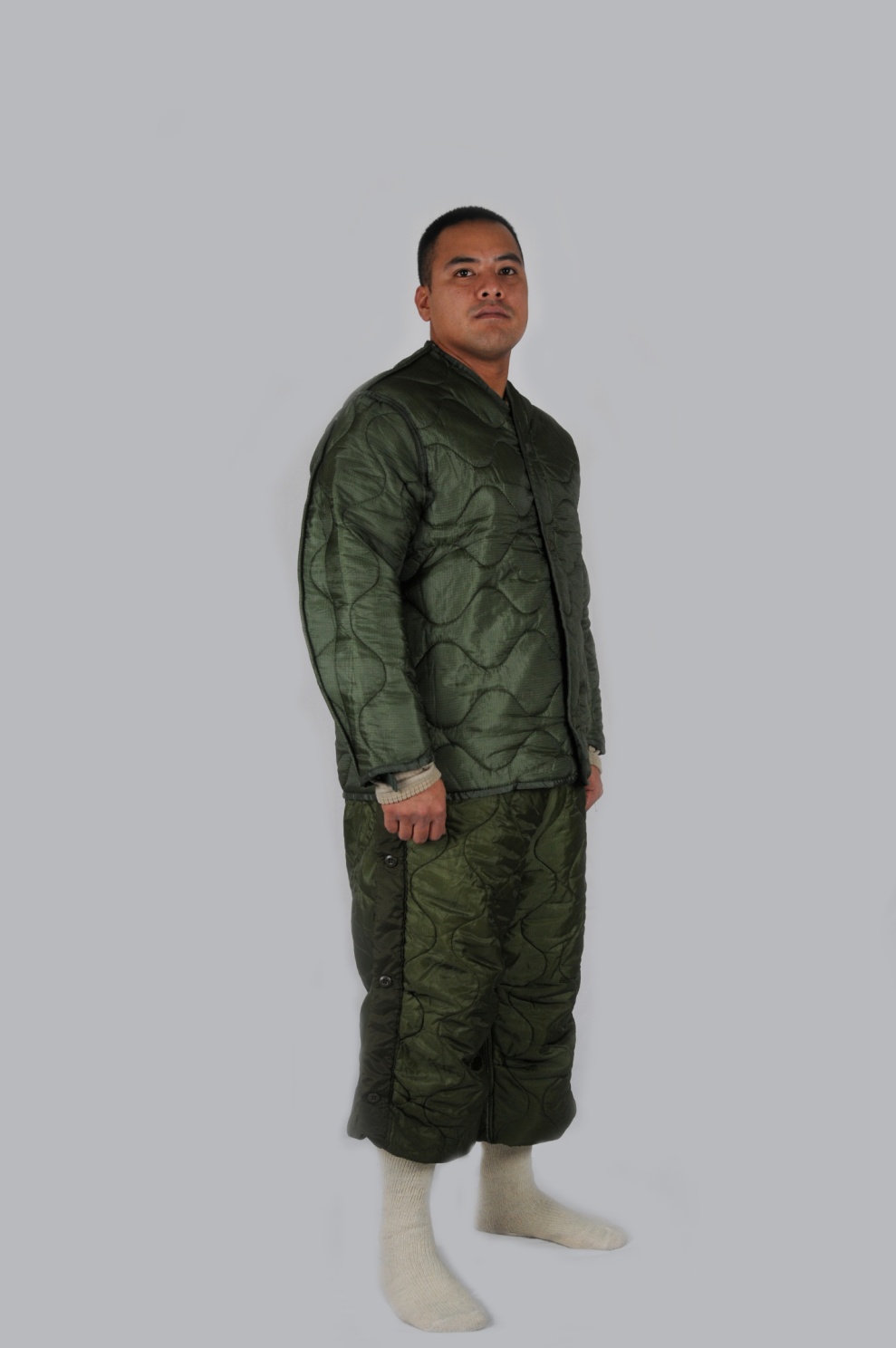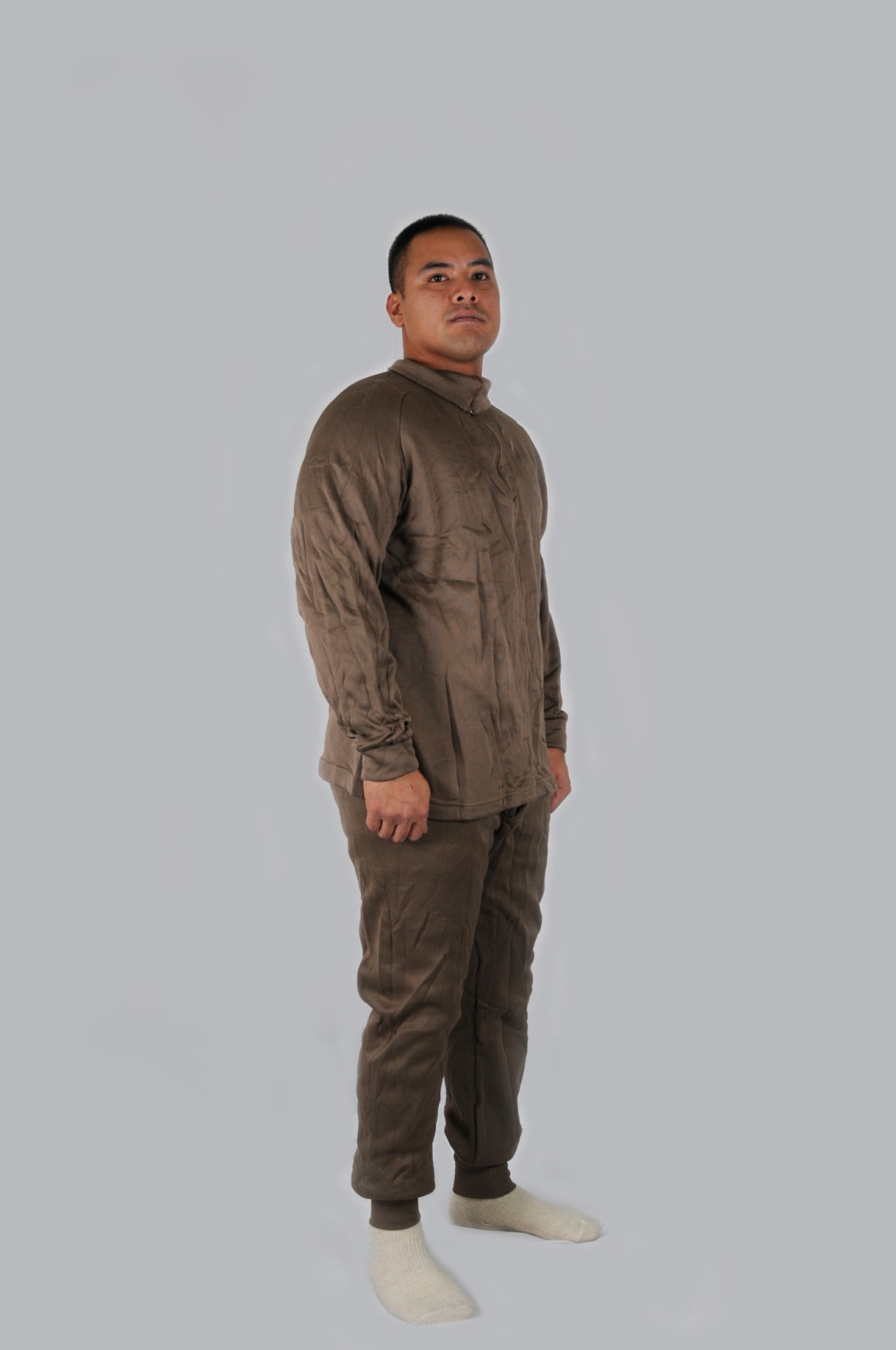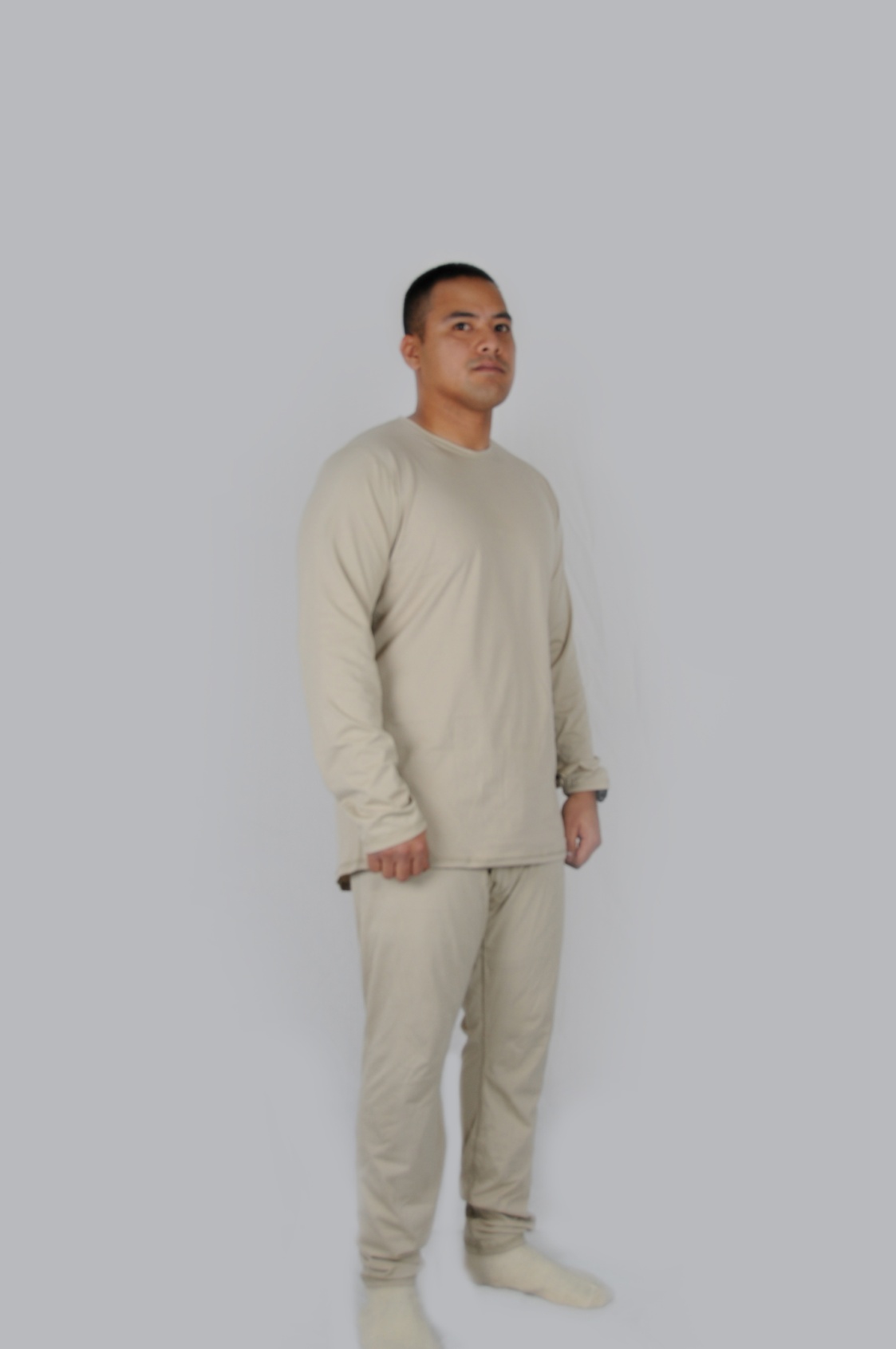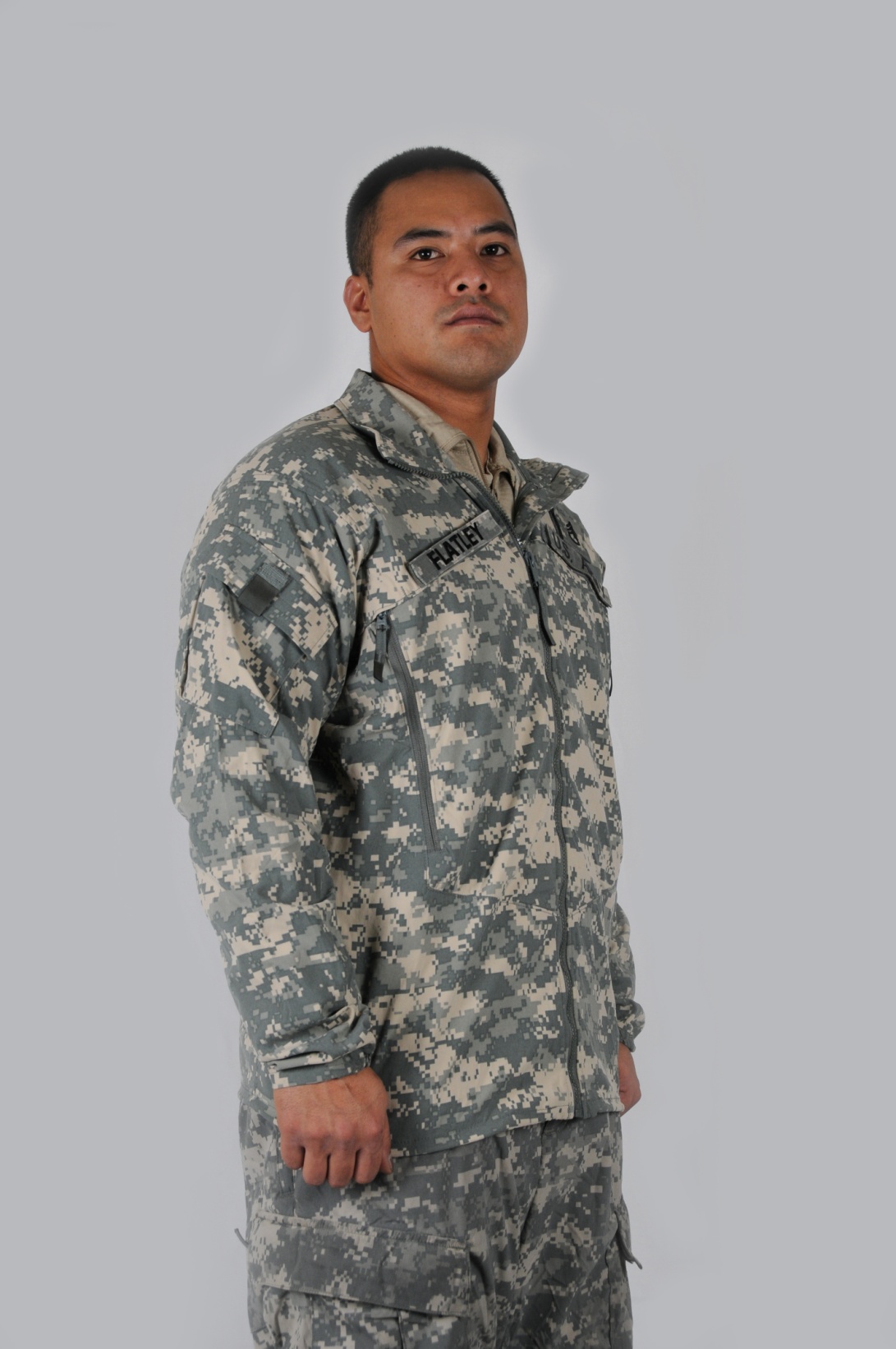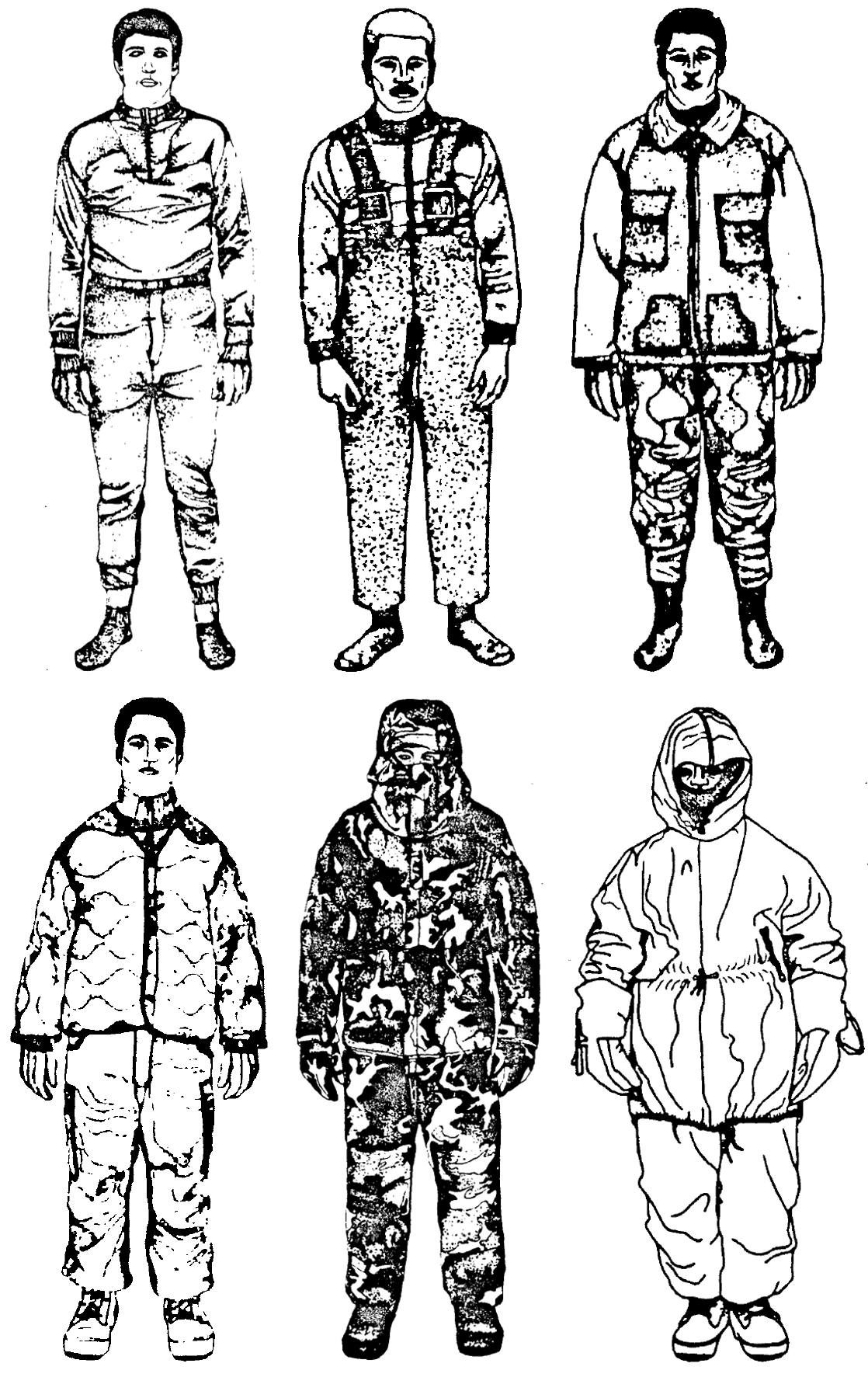
The Extended Cold Weather Clothing System (ECWCS) is a layered insulating system adjustable to personal preference, metabolism, and prevailing weather conditions.It is designed to maintain adequate environmental protection between +40°F and -60°F (4°C and -51°C).


